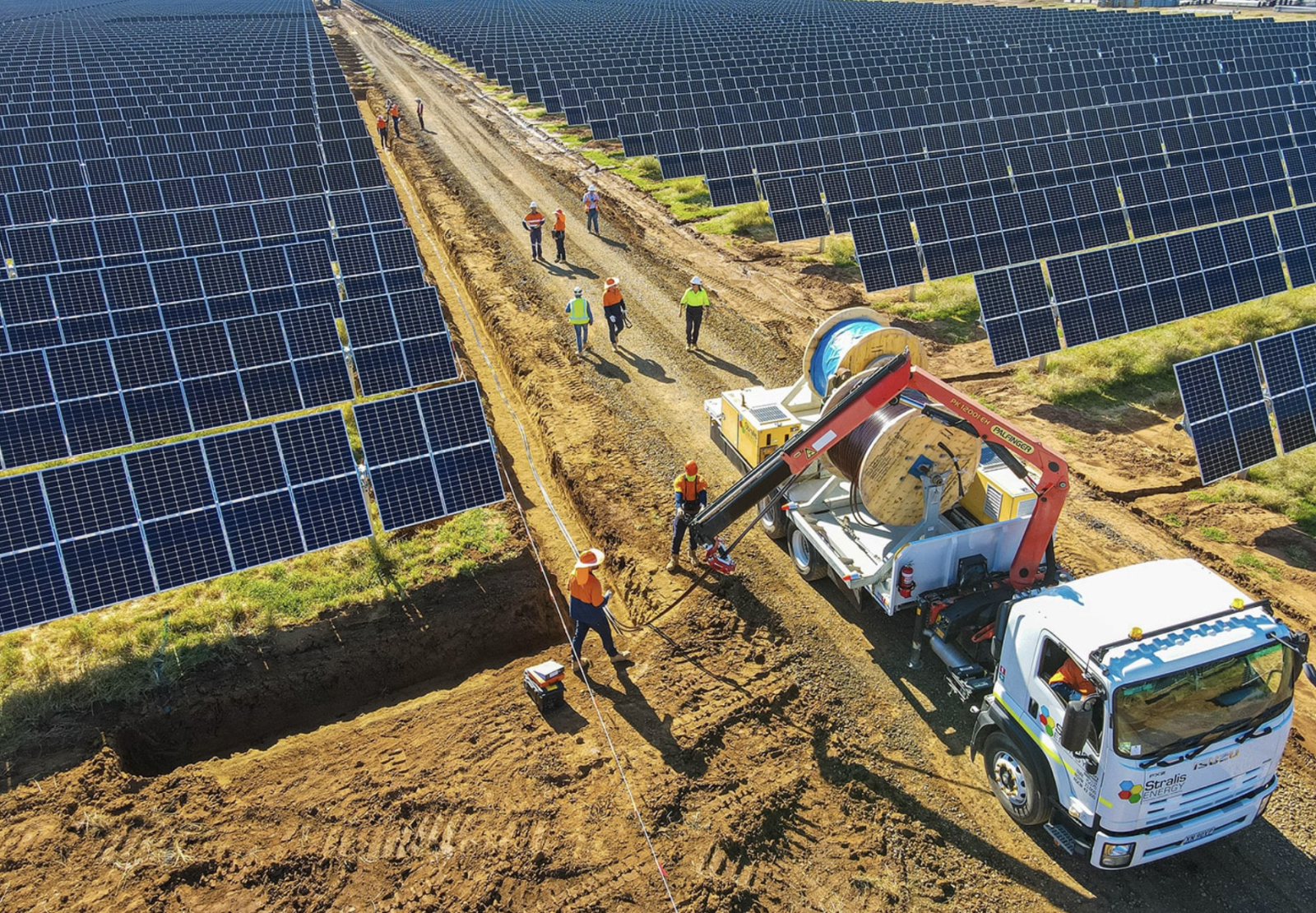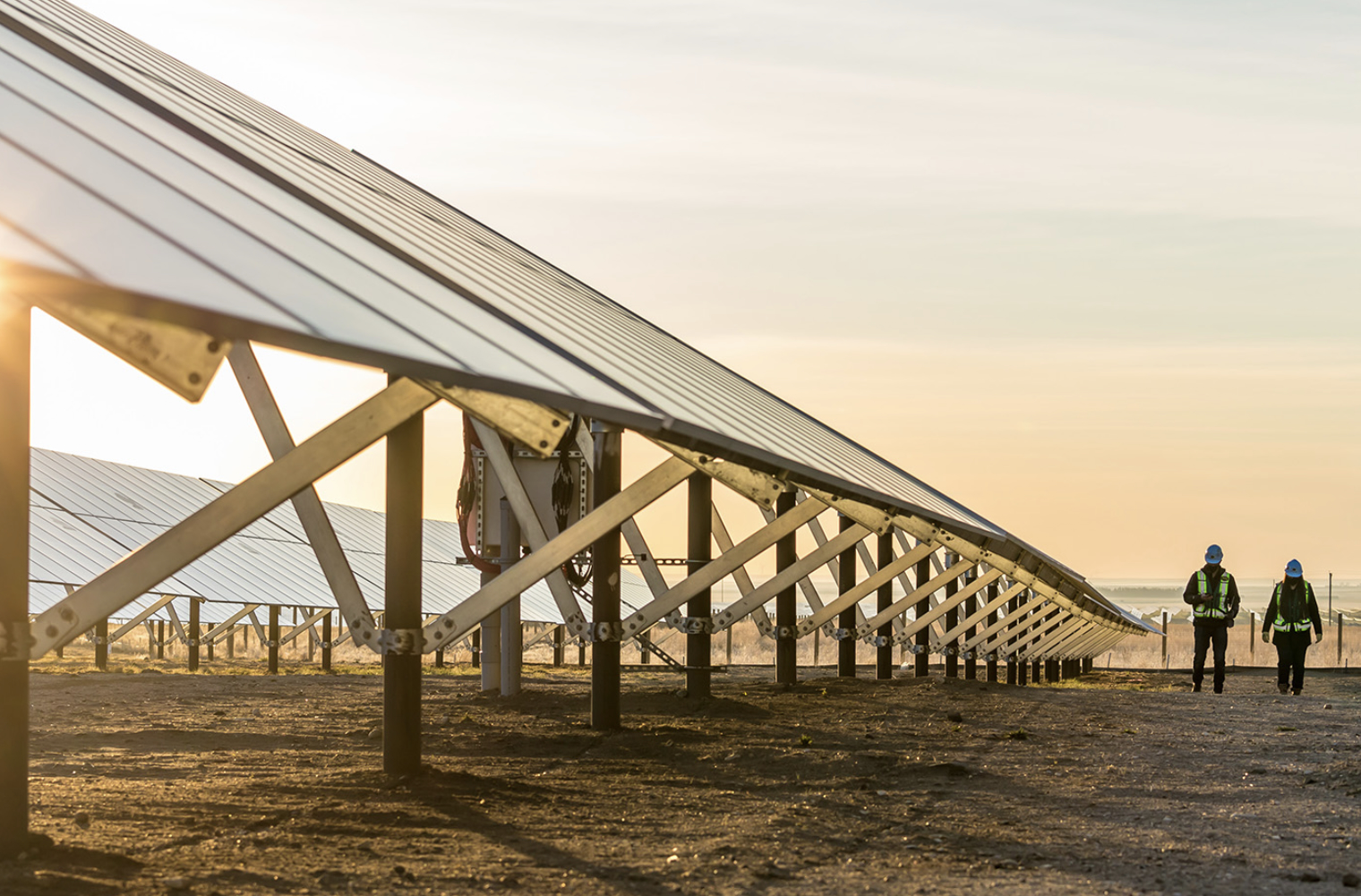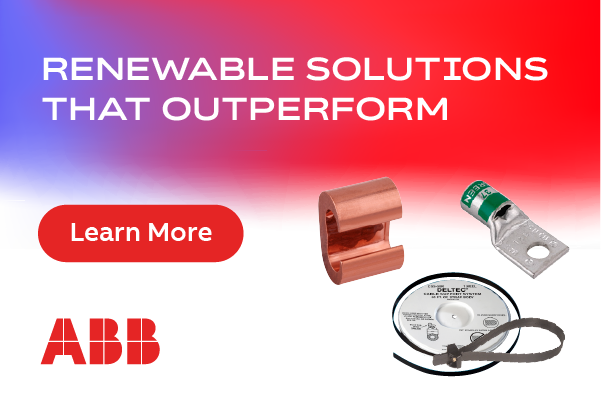Evolving Warranty Practices are Reshaping Risk and Reliability for Utility-Scale Solar and Battery Storage Projects
In the rapidly evolving landscape of utility-scale solar and battery energy storage systems (BESS), warranties are no longer a contractual afterthought, but a strategic tool for de-risking projects, securing financing, and ensuring long-term performance. Over the past decade, the industry has seen a marked shift in how warranty coverage is approached, negotiated, and managed. These changes recognize technological advancements, and a growing recognition of the role warranties play in project certainty and investor confidence.
The evolution of warranty structures
Ten years ago, operation and warranty practices were less sophisticated and more reactive, with issues often addressed after a noticeable decline in performance. Today, they are increasingly tailored, proactive, and data informed. Enhanced analytics and real-time monitoring now enable early detection of performance issues, well before they trigger warranty claims. Solar and BESS projects typically involve engineering, procurement and construction (EPC) workmanship warranties, extended manufacturer warranties for inverters and trackers, and long-term performance guarantees. While a two-year EPC warranty remains standard in North America, some owners are now requesting three-year terms. Inverter and tracker warranties are often extendable from five to ten years to align with the project’s 30-year lifespan.

Financing certainty through warranty strength
Enhanced warranties are increasingly seen as a lever for improving project bankability with investors factoring warranty terms into their risk assessment. Longer durations and broader coverage demonstrate confidence in the equipment and the EPC’s workmanship.
Comprehensive and longer warranty terms helps both project financing and risk allocation. If developers can demonstrate early on that a project is de-risked through high-quality components, longer-term warranties, and a track record of EPCs and suppliers standing behind their work, it improves lender confidence. Demonstrating the equipment will have lasting performance, and that any issues will be addressed promptly, contributes to a more favorable risk profile.
What developers and asset owners should be asking
When negotiating warranty terms, developers and asset owners should prioritize three key areas: warranty duration, performance guarantees, and value of a one-stop, bankable provider.
- Warranty duration
Push for the longest feasible terms on modules, inverters, and trackers. While solar panels may come with a 10- to 12-year product warranty, many also include a 25- to 30-year performance guarantee, ensuring 80 percent output at year 30. Purchasing extended warranties for major equipment like inverters and trackers with uptime guarantees will ensure longer coverage and de-risk issues if they arise later.
- Performance guarantees
Ensure EPCs are contractually obligated to meet a minimum percentage (often 97 percent) of the designed output. Operations and Maintenance (O&M) contracts should also be structured to include a minimum site generation threshold, holding suppliers accountable for consistently monitoring and maintaining site performance.
- Service expectations
Clarify who is responsible for each specific scope during the warranty period. Ambiguities can lead to costly delays. If a manufacturer needs site access to repair faulty equipment, who ensures the ground is stable enough to support the equipment they use to make repairs?
Accountability in operations
As warranty structures become more sophisticated, expectations for O&M providers must also evolve. Owners should be holding their O&M provider to clearly defined performance standards during the contract period, not just the EPC during performance testing.
To ensure optimal site performance and long-term reliability, some EPCs are deploying their own O&M and warranty personnel directly on-site for up to two years post-commissioning. This boots-on-the-ground approach enables consistent performance checks and quick responses to maintenance needs. Not only does this safeguard operational efficiency and reinforce safety; it also strengthens client relationships and supports sustained full-wrap asset performance through ongoing monitoring and remediation strategies.
This accountability hinges on increased use of analytics. In the past, operators might wait for a fault to trigger a response. Today, best practice involves continuous performance monitoring, comparing expected output to actual performance to detect issues like offline strings or underperforming modules. This data-driven approach enables predictive maintenance, reduces downtime and ensures that warranty protections are fully leveraged.

The value of early involvement
One of the most effective ways to improve warranty outcomes is through early contractor involvement (ECI) and limited notice to proceed (LNTP) agreements. By engaging EPCs during the design and preconstruction phases, developers can tap into their field experience to select more reliable components and anticipate site-specific challenges.
This early collaboration also allows for better alignment between design and long-term operational needs. Involving operations teams in early design discussions can prevent costly retrofits later, such as relocating disconnect switches, wire management issues, or poorly placed access points.
A smarter warranty future
As the solar and BESS industries mature, so do warranties. What was once a static clause in a contract is now a strategic tool for managing risk, enhancing performance, and building trust. By prioritizing longer terms, clearer responsibilities, and earlier collaboration, developers and EPCs are creating warranty frameworks that support not only project completion but long-term success.
Craig Dyck brings 20 years of civil, solar and electrical construction experience to his role as Commissioning Manager for North America with PCL Construction’s Solar and BESS Division (PCL Solar). He leads project teams with a focus on innovation, value engineering, and design coordination. His leadership ensures the delivery of reliable, turn-key EPC solutions that drive optimal performance and return on investment.
PCL Construction | www.pcl.com
Author: Craig Dyck
Volume: 2025 September/October









.png?r=9495)


